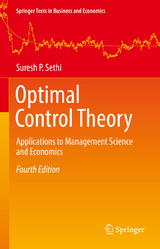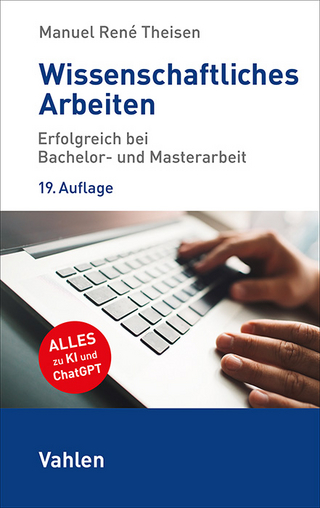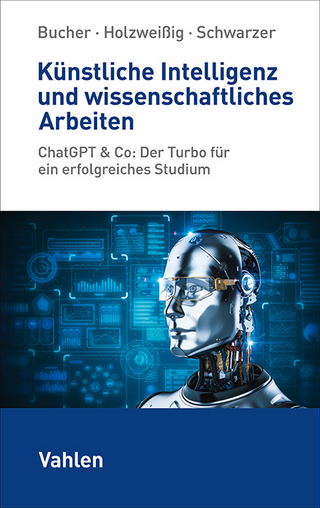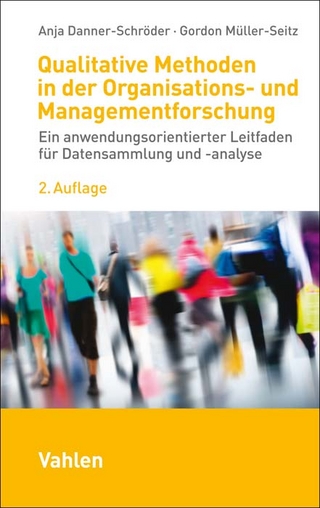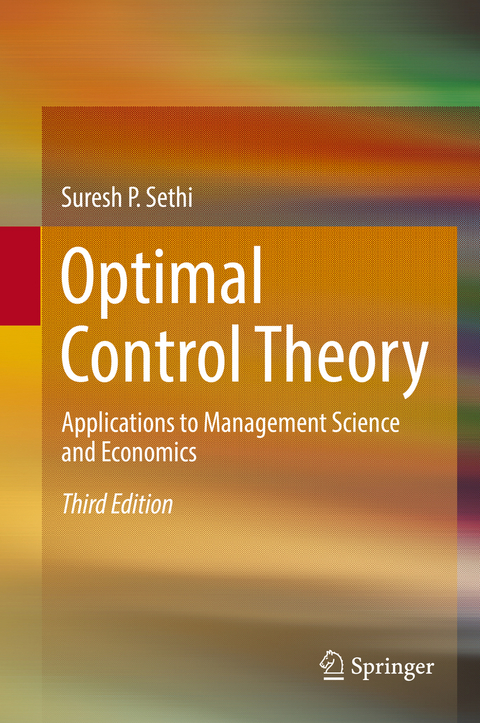
Optimal Control Theory
Springer International Publishing (Verlag)
978-3-319-98236-6 (ISBN)
- Titel erscheint in neuer Auflage
- Artikel merken
Optimal control methods are used to determine optimal ways to control a dynamic system. The theoretical work in this field serves as a foundation for the book, which the author has applied to business management problems developed from his research and classroom instruction. The new edition has been completely refined and brought up to date. Ultimately this should continue to be a valuable resource for graduate courses on applied optimal control theory, but also for financial and industrial engineers, economists, and operational researchers concerned with the application of dynamic optimization in their fields.
Suresh P. Sethi is Eugene McDermott Chair Professor of Operations Management and Director of the Center for Intelligent Supply Networks (C4ISN) at The University of Texas at Dallas. He has contributed significantly in the fields of manufacturing and operations management, finance and economics, marketing, industrial engineering, operations research, and optimal control. He is well known for his developments of the Sethi advertising model and Sethi-Skiba points, and for his text book on optimal control. He has received prestigious honors and awards such as IEEE Fellow, INFORMS Fellow, SIAM Fellow, POMS Fellow, AAAS Fellow, IITB Distinguished Alum, Tepper School of Business-Alumni Achievement Award, and POMS President (2012). Two conferences have been organized in his honor: in Aix en Provence in 2005 and at UT Dallas in 2006 with Harry M. Markowitz, a 1990 Nobel Laureate in Economics, as the keynote speaker. Also, two books have been edited in his honor. His past and present editorial positions include Departmental Editor of Production and Operations Management, Corresponding Editor of SIAM Journal on Control and Optimization, and Associate Editor of Operations Research, M&SOM, and Automatica.
lt;p>Chapter 1. What is Optimal Control Theory?- Chapter 2. The Maximum Principle: Continuous Time.- Chapter 3. The Maximum Principle: Mixed Inequality Constraints.- Chapter 4. The Maximum Principle: Pure State and Mixed Inequality Constraints.- Chapter 5. Applications to Finance.- Chapter 6. Applications to Production and Inventory.- Chapter 7. Applications to Marketing.- Chapter 8. The Maximum Principle: Discrete Time.- Chapter 9. Maintenance and Replacement.- Chapter 10. Applications to Natural Resources.- Chapter 11. Applications to Economics.- Chapter 12. Stochastic Optimal Control.- Chapter 13. Differential Games.
"The mathematical background required in the book is two-three semesters of calculus and some differential equations and linear algebra, it can be easily used for a course in the junior or senior undergraduate years or in the early years of graduate studies. But, it can be also useful for management scientists, mathematicians, engineers and economists working in the field of optimal control and applications." (Doina Carp, zbMath 1412.49001, 2019)
| Erscheinungsdatum | 22.10.2018 |
|---|---|
| Zusatzinfo | XXVII, 565 p. 84 illus. |
| Verlagsort | Cham |
| Sprache | englisch |
| Maße | 155 x 235 mm |
| Gewicht | 1051 g |
| Themenwelt | Wirtschaft ► Allgemeines / Lexika |
| Wirtschaft ► Betriebswirtschaft / Management | |
| Schlagworte | distributed parameter systems • Dynamic Programming • impulse control • Kuhn-Tucker Conditions • Maximum principle • optimal control theory • Optimal Epidemic Control • Optimal Financing Model • Production-Inventory Systems • Stochastic Optimal Control |
| ISBN-10 | 3-319-98236-2 / 3319982362 |
| ISBN-13 | 978-3-319-98236-6 / 9783319982366 |
| Zustand | Neuware |
| Informationen gemäß Produktsicherheitsverordnung (GPSR) | |
| Haben Sie eine Frage zum Produkt? |
aus dem Bereich
